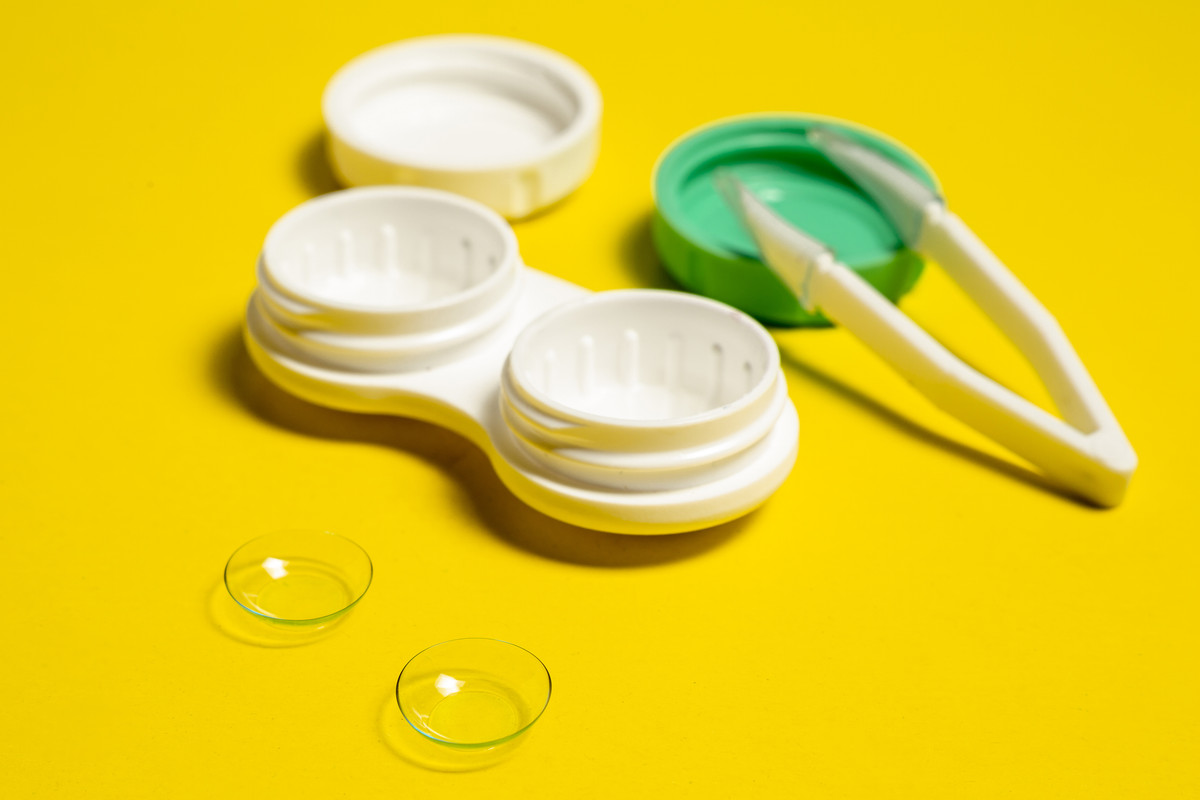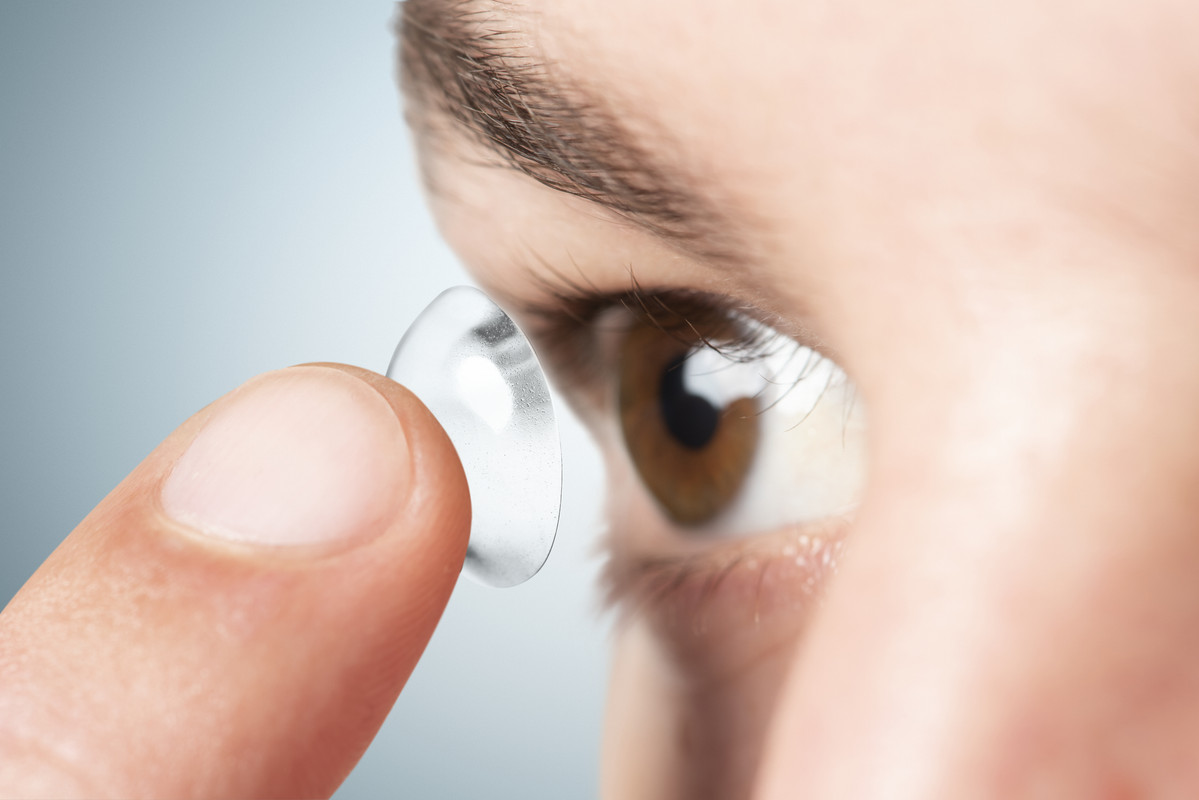Every day, millions of people rely on contact lenses to correct their vision or to act as the ultimate accessory to complement their look. Undoubtedly, contacts bring numerous advantages over standard eyeglasses, providing a wider field of view and not suffering from fogging or visual distortion. However, the world of contact lenses is one filled with complex structures, intricate details, and endless choices. To help you navigate this world, let us embark on a comprehensive exploration of contact lenses - their types, uses, and essential maintenance tips.
History of Contact Lenses
Contact lenses have a significant historical background, with their concept dating back to the time of Leonardo da Vinci who first envisioned the idea. The realization of these concepts came much later in the late 19th century when the first usable contact lenses were created. These initial models were far from perfect, and it wasn't until 1936 that the American optometrist, William Feinbloom, introduced soft plastics in lens production.
Notable innovations occurred in the late 20th century ranging from extended-wear lenses to disposable lenses. Also, noteworthy was the development of breathable lenses which drastically improved user comfort. These developments were driven by increased consumer demand and technological advancement, revolutionising the world of contact lenses.

Understanding the World of Contact Lenses
The basic structure of a contact lens consists of an optical zone, peripheral curves, and an outer edge. The optical zone corrects vision, while the peripheral curves promote a comfortable and stable fit. Despite being a small device, the contact lens sports quite a high-tech engineering design.
A contact lens works by becoming a part of the eye’s refractive system, helping to focus light so it’s processed correctly by the retina. They essentially do what glasses do, but are much closer to the eye and so offer many distinct advantages like a wider field of view and smaller chances of visual distortion.
Listing Common Myths and Misconceptions about Contact Lenses
Despite their widespread use, many myths and misconceptions surround contact lenses. Some believe that contacts can get lost behind the eye (physically impossible due to the conjunctiva), or that they are uncomfortable (modern lenses provide excellent comfort with proper care). Others argue that contact lenses are only for young people - a misconception, since anyone from children to the elderly can safely and effectively use contacts.
Different Types of Contact Lenses
Depending on your needs, lifestyle, and the shape of your eye, there are three main types of contact lenses to choose from: Soft contact lenses, Rigid Gas Permeable (RGP) contacts, and Hybrid lenses.
Soft contact lenses, made from flexible plastics, allow oxygen to pass through the eyes and are normally more comfortable. These come in two types: Daily disposables that require no upkeep and are discarded after one use, and extended-wear that could be worn for up to a week without removal.
Rigid Gas Permeable (RGP) contacts provide sharper vision and correct most vision problems. They are more durable yet may require a short adaptation period.
Lastly, hybrid contact lenses combine the comfort of soft lenses with the clear vision provided by RGP lenses, presenting a balanced choice for many users.
Insight Into The Various Uses of Contact Lenses
Apart from vision correction, contact lenses are widely leveraged for aesthetic and therapeutic purposes as well. Coloured contact lenses are an exciting way to change or enhance your eye colour and take your beauty game to the next level.
Therapeutically, contact lenses provide relief from various eye conditions like dry eyes or shield the eyes post-surgery. Bandage contact lenses protect the eye, promote healing, and provide comfort.
Choosing the Right Contact Lenses
Several factors like eye health, convenience, comfort, lifestyle, and budget come into play when choosing the right contact lens. Pros recommend scheduling a contact lens fitting to ensure accuracy in power, fit, and comfort.
Taking Care of Contact Lenses: The Do’s & Don’ts
Proper lens care is pivotal to maintaining lens performance and eye health. Regular cleaning with lens solution, storing in a clean case, and never sleeping with contacts (unless advised by the doctor), are essential rules to follow. Improper lens care could result in serious eye infections, corneal ulcers, or vision loss.

Life with Contact Lenses: Adjusting and Overcoming Challenges
Adapting to life with contact lenses generally involves a short learning curve for first-time users. Initially, you might experience minor discomfort or dryness but with time and consistency, lenses become nearly unnoticeable.
The Future of Contact Lenses: Let’s Look At What’s Coming
The future of contact lenses is rife with exciting possibilities. Current research is exploring areas like in-lens drug delivery or bionic lenses that could magnify vision. Promising advancements in smart lenses could revolutionize the way we measure health parameters and treat certain conditions like glaucoma.
Conclusion
Embracing contact lenses can open up a world of convenience and flexibility for you. Navigate this world wisely, armed with accurate knowledge about the pros and cons of different lens types, meticulous care routines, and expert tips. Remember, your health should be your priority – take time to educate yourself, discuss your options with a professional, and never take your sight for granted. Here's to enjoying a clear and comfortable vision with contact lenses!

No comments yet